How do you Release Anger safely? Anger is the first Reiki Ideal; Just for today, do not anger. Simple to say, yet can be so difficult to do. In this video, Reiki Master Geneva Robins shares her strategies to help you reset and regain peace.
Anger is a survival emotion. It needs two main things, acknowledgement and action. One of the first steps is to step away and just deeply notice the physical sensations in the body with gentleness and compassion. By becoming aware of the sensations, you are deeply present to the anger, which alone can ease the energy.
Once the temperature has dropped and your body returns to rest, you can bring curiosity to the true cause of the anger. Then real solutions and action steps can be determined, guided by your calm and wise heart.
More Resources to help Release Anger:
Letting Go of Anger Affirmation Ladder
“The Secret Art of Happiness: Change Your Life with the Reiki Ideals” by Geneva Robins
Video Transcript
0:00
Hello, my name is Geneva Robins, and I’m a Reiki Master here at LunaHolistic. One of the questions we get asked a lot is how do you handle anger, release anger from your body? Let go of that heightened energy and anger response.
This is a question that I deal with quite a bit as a Reiki teacher, because the first Reiki ideal is just for today, I will let go of anger. And a lot of my students come back with the question, how do I let go of anger?
And I’ve compiled a lot of the resources in my book, The Secret Art of Happiness, which you can get on Amazon. And I will share the top sort of tools that I use right now in this video, to give you a real quick start to go from a very inflamed, enraged response to process some of that energy and get to a place where you can be a little bit more clear-headed and make good heart-based wise decisions.
1:10
So the first thing is that anger is not a bad emotion. It’s uncomfortable and left untended and uncontrolled, it can have lots of impacts on us in our lives. But it’s primarily a fight or flight, emotion. So it’s coming from that heightened stress response.
When we feel we’re in danger, or our ego feels like we’re in danger, we get this anger response as a way of basically an energy that will move us out of that dangerous or perceived dangerous environment.
The first part is just to acknowledge that you’re angry, and the easiest way to do that is to say, “I am angry.” Three words. It’s really, really can be quite powerful. Because as soon as we name and acknowledge the feeling, then it’s got some space to, to move into breathe. It was like, “That happened. And I’m having a response. And that response is called anger.”
And so saying that either to yourself or to another person, just even that gentle moment of acknowledgement of this is where I’m at, and this is where I’m feeling.
2:27
Then what anger also wants is action. But taking action when you’re in the inferno of anger, it doesn’t always go the best. Because when we’re in that heightened fight or flight response, we’re looking for the quickest, fastest way out of our issue. Which can be really abrupt and, you know, chaotic, and may not actually move us forward in our life and our goals.
And sometimes may be coming out not at the people who really need to hear what you have to say, but at the people who are safest. So sometimes our friends and family, get an earful about slight, tiny little things. And the person you really need to have the big discussion with or set a big boundary, you don’t come forward to them because maybe it’s dangerous or you feel, you know, afraid to talk to them.
3:28
There are many, many tools out there. There’s many strategies and practices for managing and coping with anger. I’ll share my practices. But, of course, reach out for help. If you find it’s really uncontrolled and you need maybe to sit with a counsellor and talk about the harm that has happened in your life.
You know, if you’re experiencing trauma, anger is a really normal byproduct of being in a heightened sort of traumatic state. So be really kind and gentle with yourself. Ask for professional help. It is totally fine and wonderful to get a kind caring person to sit with you and help you walk through different examples that are happening in your life.
Cognitive Behavioral Therapy is really great as well. So I encourage you to look for those kinds of resources as well. But I’ll share some of my tools.
4:31
So what I do when I notice that I’m having an anger reaction is I will stop, or I’ll pause before I do anything, before I say anything to anyone else before I take an action that I might later regret.
Then once I’ve acknowledged it, I will remove myself from the situation as soon as I can, even if it’s just to scoot away to the bathroom or to just step away from the situation just for even five minutes.
And then, I will pause the thought that’s happening in my mind. So I will just notice the thoughts that are causing the anger feeling, or the loop or rumination loop that my mind is on. And I will then breathe into my body. Noticing the, just the physical sensations in my body.
5:30
So it’s a bit of a mindfulness practice, where, instead of your mind focusing on the thoughts that are creating the turmoil, or reviewing the experience. You’re going instead, and you’re turning that focus, almost like turning the camera lens or a spotlight from what’s happening out there, or what’s happening in your mental field, to what’s happening in your body.
So it’s almost like you change where you’re looking. So instead of looking outside, you’re gonna start looking inside. You can close your eyes, and you can start breathing into your body. And just noticing the physical tension in your body.
Where do you feel it? When a thought comes up, and a feeling comes up? Where is it held? In your jaw? Is your jaw quite tense? Are your hands crumpled up? Are your shoulders by your ears? Do you feel heat? Prickles? Tingles? Do you feel differences in temperature and different parts of your body? Do you notice muscles that are like contracted and tight?
Maybe you feel a headache coming on, or you feel like you’re shaking. So maybe you’re so angry. And in such a heightened flight or fight. Maybe your breathing is really rapid, maybe your heart’s racing, maybe you feel like you can’t stop pacing.
That’s okay, just sort of notice it. And bring all of your, as much attention and awareness to just what’s the sensation in the body. And anytime your mind wants to pull you back to the thought that is, or to review the incident. Just notice that it wants to go there, and then kindly redirect it back to the body.
So that thought has a different feeling. So it’s like if you knew where the thought lived in your body, where would it be? And so maybe it’s in your stomach, maybe it’s in your hands, maybe you feel lots of energy going down out of your feet. Just getting really, really curious. And what is the landscape, what is the, where is the energy right now in your body?
And then just that is acknowledging the feeling, because you’re actually feeling the feeling, instead of thinking the thoughts. And so you’re going into the actual sensation in the body.
8:16
This is much easier to do when you’re actually in a safe place when you know you’re safe. So that’s why I recommend stepping away from from whoever is provoking you. Even just for a moment to collect yourself.
The more you practice this, you will be able to breathe into those feelings on the fly. But when you’re first starting, it’s good to just give yourself time away from the situation to really tune in and do a little scan of what’s happening for you.
So once you notice where in your body you’re holding that tension, you can then start to breathe into those spaces. And by breathing, it’s almost like you’re directing your breath and your energy into the places that are clenched and held. And every single place in your body that you are that you can relax, so your jaw.
9:12
If you noticed, “Oh, my hands are clenched.” Then release your hands. Relax your shoulders. Relax your jaw. And then bring that energy, that softness into any of those places where you’re feeling tension. Almost like you could expand and create space and room around the sensation.
And if it shifts, go to where it’s most intense in your body. And if it shifts to be another place, just follow it and imagine that you’re bringing comfort, space and peace. So you could wrap that feeling or sensation up with a blanket, and then you give it lots and lots of room.
10:05
Big feelings need lots of space. So as you breathe, you can imagine giving that feeling, all the space, all of the energy that it needs, all of the support that it needs to settle.
Sometimes, I think of our thoughts like a wild horse trapped in a little tiny pen. And if we have this big feeling with lots of power, and then we’ve tried to put a cage around it, or we try to suppress it or push it down, you then have the feeling plus the pressure.
So if you can take the pressure off of that feeling, which a lot of it is accepting it. It’s okay to feel the way you do. Anger is a normal response when somebody has crossed a boundary. That’s sometimes how you know you have a boundary around something because you have a reaction to it.
11:07
So be kind and gentle to that anger response. We don’t need to label it, you don’t need to judge it. It’s just a signal saying something’s not right here. I don’t like what’s happening.
And just giving it that space, can open up a space where you can start to be curious about “What are you feeling? And where could this have been coming from? Is what you’re actually angry about this situation? Or is the situation similar to previous traumas of the past?”
And that this is just a, it’s just, has somebody has bumped a trigger, and that your anger is outpacing the actual event? You can get curious about what the true cause of it. What if there was an energy underneath that anger? What is that? And where is it coming from?
And, and then what ends up happening is, for me, anyways, I find that just giving yourself a few moments to breathe into that space. Create a lot of wide, wide space to hold that anger.
Almost like you’re just wrapping your arms around it and providing comfort and love. Taking it out of compression and giving it lots of room. And not trying to push it away. Just making big space for it and bringing your breath to it.
12:47
Then what you can, often what I find is that your temperature drops starts dropping, the tension starts coming out of your body, you’re dropping out of that fight or flight state. And then you can come back into that question of what action is required here.
And sometimes the person or the situation that provoked the anger is not the person or situation that you need to address. Sometimes it is! sometimes it is that person! And sometimes it’s you.
Sometimes you are just in, in a state of overwhelm or overload and your stress response is just gotten stuck full on. And you just can’t take another thing. And then you start snapping at people and and then it doesn’t go so well.
So sometimes just knowing Oh, okay, with what is happening for me? “Oh, actually, I’ve been dealing with a headache all day. And I just don’t have any bandwidth for anybody’s, you know, trivial problems. I need to go and drink some water and go lie down in a dark place.” You’ll be able to start piecing together what is the best action.
14:13
To review, will the situation be improved with speaking to somebody? Will it be improved with an action I need to take? Or will it be improved by me just keeping my own counsel?
And when the anger is acknowledged, though, and then I choose to remain still and silent. I have processed it on my own side. And I’ve determined that no action is the best action.
So sometimes choosing to do nothing is still a choice. But when you’ve taken the time to acknowledge the anger, it’s not sitting and festering on your side.
15:02
Anger is meant to be a very, very brief emotion to just get us quickly out of danger. It’s not meant to be there all of the time. And so when we have those moments where we are in that inflamed state, then we really want to give ourselves that moment to come down and regroup, and reset.
15:27
So I hope that was helpful for you. We’ve got a lot more resources and help for anger and releasing anger and getting to that peaceful place in “The Secret Art of Happiness.”
You can also come in for a Reiki session. Reiki is great at embracing, releasing, and clearing emotional states of all kinds, including anger. And just letting that energy that you’re done with go. Giving you a little bit of a space to connect to that peaceful, grounded, and uplifted and happy feeling.
And if you need extra resources, and support with your anger, I really, really encourage you to reach out to a helping, healing professional in your area. Psychologists are super great.
There’s lots of apps that can help you with cognitive behavioral therapy, so that you can get the help that you need to start releasing and transmuting some of the anger that’s held in your body, so you can come back to that restful, beautiful space that you’d like to hang out in.
Anyway, that’s me. Thank you so much for listening. Have a good one. Bye!
Hey, I hope you liked this video. Please like and subscribe. Thank you. Bye bye!

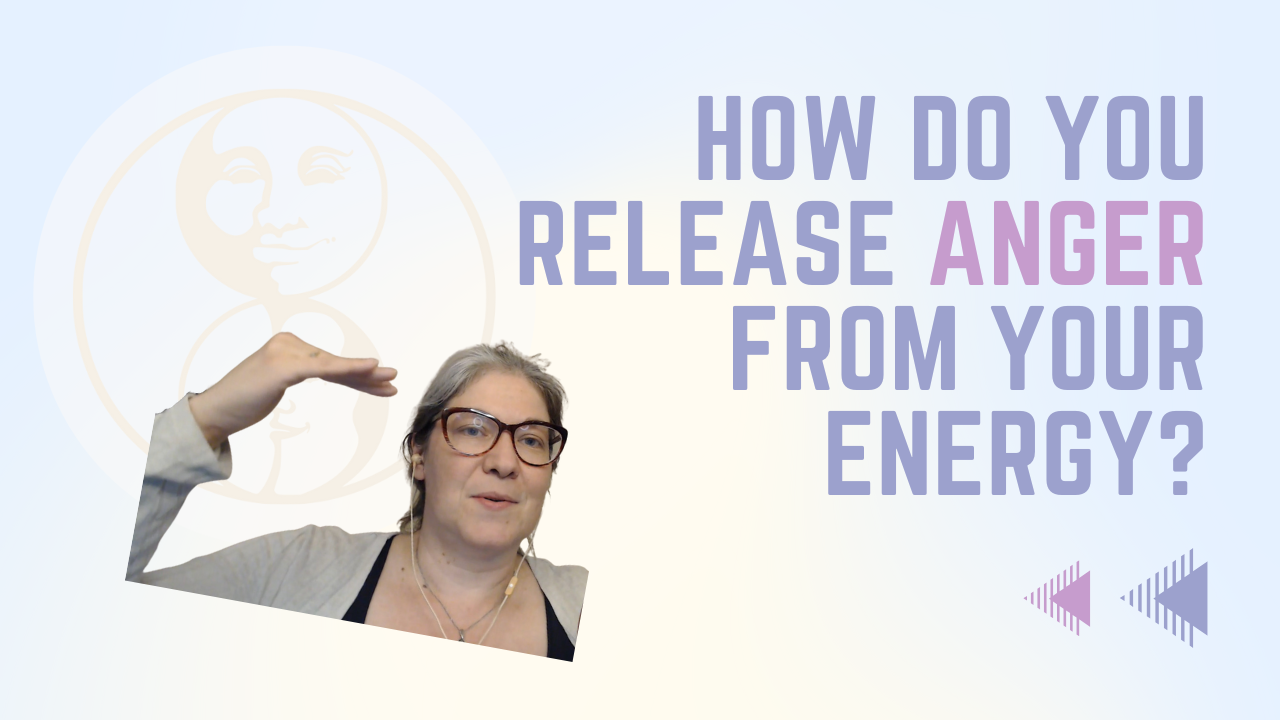
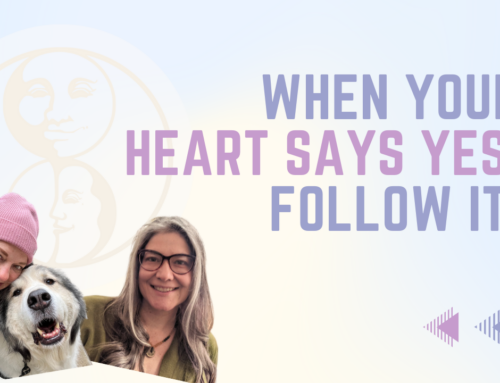
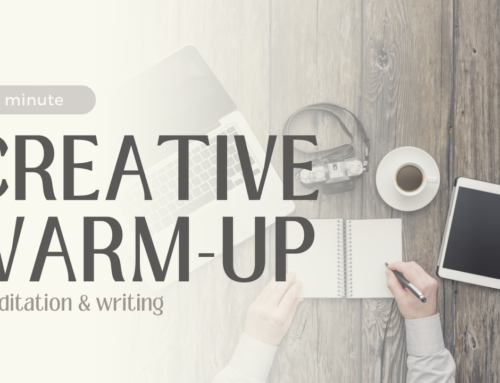
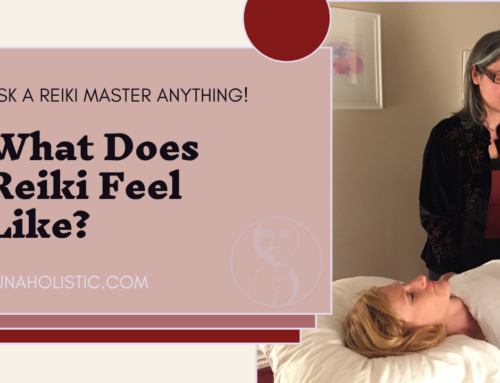
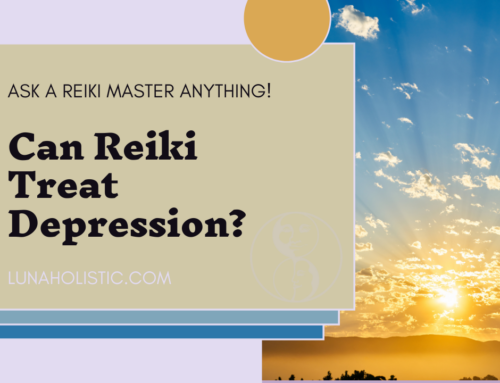
Leave A Comment